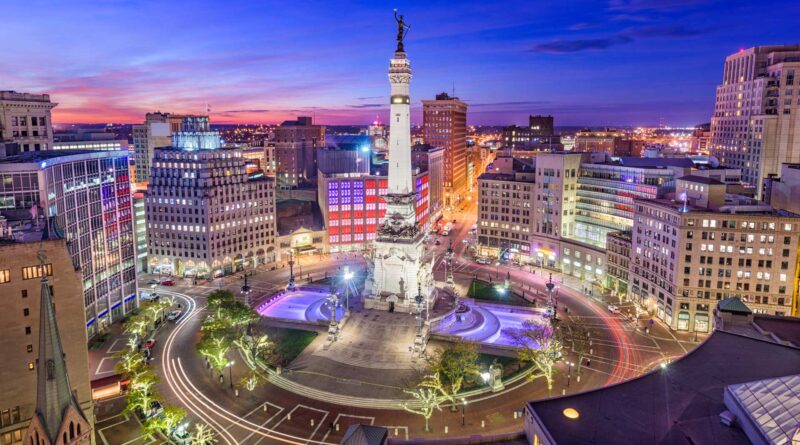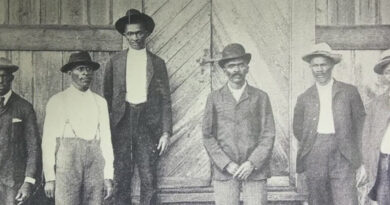History of Indianapolis Indiana
Indianapolis, the capital of Indiana, has a rich and diverse history that spans centuries. The city was founded in 1820 and has since grown into a major economic and cultural center in the Midwest.
The area that is now Indianapolis was originally inhabited by the Miami and Delaware tribes, who were driven out by European settlers in the early 19th century. The city was officially founded in 1820 by a group of settlers led by William Conner and Alexander Ralston. They named the city after the state’s Native American name, “Indiana” which means “land of the Indians”.
In the early years of its existence, Indianapolis was a small and relatively unimportant city. However, in 1825, it was chosen as the site of the new state capital, and this decision would prove to be a turning point in the city’s history. The new government center brought an influx of people and businesses to the city, and Indianapolis began to grow and prosper.
In the mid-19th century, Indianapolis experienced a period of rapid industrialization. The city became a major transportation hub, with several railroads and canals passing through. This made it an ideal location for manufacturing and other industries, and Indianapolis soon became known as an industrial powerhouse.
During the Civil War, Indianapolis served as a major supply center for the Union army. The city’s factories produced arms and ammunition for the troops, and thousands of soldiers passed through the city on their way to the front lines.
In the late 19th century, Indianapolis continued to grow and prosper. The city was home to a thriving business community, and many of the nation’s largest companies had their headquarters in Indianapolis. The city also became a center of culture and the arts, with several museums, theaters, and libraries being established.
In the early 20th century, Indianapolis experienced a period of rapid urbanization. The city’s population doubled between 1900 and 1930, and many new neighborhoods and suburbs were built to accommodate the growing population. This period of growth was also marked by a wave of immigration, as people from all over the world came to Indianapolis to work in the factories and businesses that were driving the city’s economy.
During World War II, Indianapolis played a key role in the war effort. The city’s factories produced tanks, airplanes, and other military equipment, and thousands of workers flocked to the city to take jobs in the defense industry.
In the post-war years, Indianapolis continued to grow and evolve. The city became a major center of research and development, with several universities and research institutions establishing a presence in the city. The city also became a major center of tourism, with several major sports and cultural events taking place in Indianapolis each year.
One of the most important events in the history of Indianapolis is the Indianapolis 500, an annual race that takes place at the Indianapolis Motor Speedway. The race, which is the oldest and most prestigious event in the sport of auto racing, has been held every year since 1911 and it has attracted thousands of visitors to the city.
In recent years, Indianapolis has undergone a period of revitalization, with many new businesses and developments being built throughout the city. The city’s downtown area has been transformed into a vibrant and bustling area, with new restaurants, shops, and entertainment venues.
Overall, the history of Indianapolis is a story of growth, prosperity, and change. From its humble beginnings as a small settlement in the wilderness, to its current status as a major economic and cultural center, Indianapolis has always been a city on the move. Today, it continues to evolve and grow, and it is a city that has much to offer to residents and visitors alike.
Discover more from City Towner
Subscribe to get the latest posts sent to your email.




